Introduction
Exotic pets have always fascinated animal lovers, offering a unique opportunity to experience the wonders of the animal kingdom up close and personal. These captivating creatures, outside the realm of traditional domesticated animals, bring a sense of adventure and intrigue.
But what exactly defines an exotic pet? Simply put, an exotic pet is any non-traditional animal chosen for companionship or admiration.
The Definition of Exotic Pets
Unlike conventional pets like dogs or cats, exotic pets encompass a vast array of species from various taxonomic groups. They can include reptiles such as chameleons and geckos, birds like macaws and cockatoos, small mammals including sugar gliders and hedgehogs, and even some unusual invertebrates. These extraordinary animals hail from diverse ecosystems around the world and often possess unique adaptations that make them distinct from their more common counterparts.
The Growing Popularity Among Animal Lovers
In recent years, there has been a noticeable surge in the popularity of exotic pets among avid animal enthusiasts. This trend can be attributed to several factors.
First and foremost is the desire for something extraordinary—a creature that stands out from the ordinary cat or dog companionship experience. Exotic pets offer an opportunity to observe behaviours rarely seen in domesticated animals.
Moreover, as people become more educated about different species through documentaries, social media platforms, and conservation efforts led by zoological institutions worldwide, there is a growing appreciation for these lesser-known creatures. Animal lovers are increasingly drawn towards these unique beings with an eagerness to understand their biology and contribute to their conservation efforts.
The Importance of Responsible Ownership
While owning an exotic pet can be immensely rewarding both intellectually and emotionally for animal lovers seeking novelty in their lives, it also comes with tremendous responsibility. Exotic pets have specific and often complex needs that must be met to ensure their well-being. Owners must invest time and effort into understanding the dietary requirements, social interactions, environmental conditions, and medical care necessary for their exotic companions.
Responsible ownership of exotic pets entails thorough research, consultations with specialists, and ongoing dedication to meeting the animal’s unique needs. It is crucial to provide appropriate enclosures that mimic their natural habitats as closely as possible while ensuring safety and comfort.
Furthermore, regular veterinary checkups are essential to detecting any potential health issues early on. The allure of exotic pets is undeniable for animal lovers seeking a distinctive connection with the natural world.
However, it is vital that this fascination be accompanied by responsible ownership. Understanding the true definition of an exotic pet, recognising its growing popularity among enthusiasts, and realising the significance of proper care become essential in providing these extraordinary creatures with quality lives under human stewardship.
Reptiles and Amphibians
Fascinating Chameleons: Masters of Colour and Adaptation
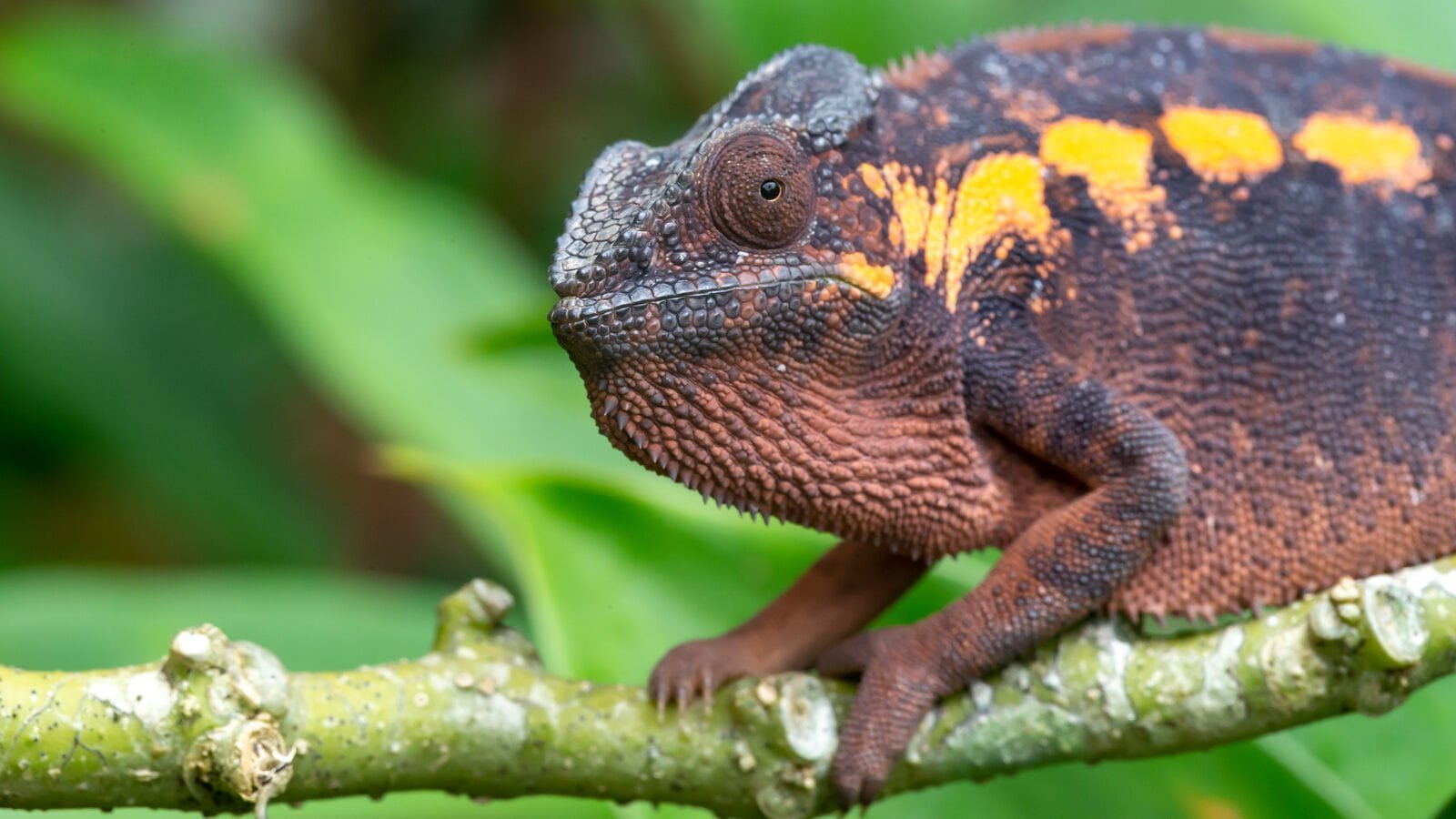
Chameleons, with their mesmerising colour-changing abilities, have long captured the imaginations of animal enthusiasts. These reptiles possess unique physical adaptations that enable them to blend seamlessly into their surroundings.
Their independently mobile eyes allow them to survey their environment with a full 360-degree view, while their specialised feet provide a firm grip on various surfaces. Chameleons are found in diverse habitats around the world and display an astonishing range of colours.
They alter their pigmentation in response to changes in light, temperature, mood, or even as a way to communicate with other chameleons. Watching a chameleon slowly transition from vivid greens to deep blues or bright yellows is truly a sight to behold.
Diverse Geckos: Patterns and Behaviours That Captivate

Geckos encompass an incredibly diverse group of reptiles known for their stunning patterns and intriguing behaviours. From the vibrant Leopard Gecko with its distinctive spotted appearance to the charming Crested Gecko, which displays striking crests above its eyes, these small creatures offer a visual feast for the eyes. In addition to their captivating appearance, geckos engage in fascinating behaviours.
Some gecko species possess remarkable adhesive capabilities that allow them to effortlessly climb walls and ceilings without leaving any residue behind. Others are known for their distinctive calls or mating dances, which add an element of entertainment to owning these delightful pets.
Captivating Poison Dart Frogs: Beauty and Challenge
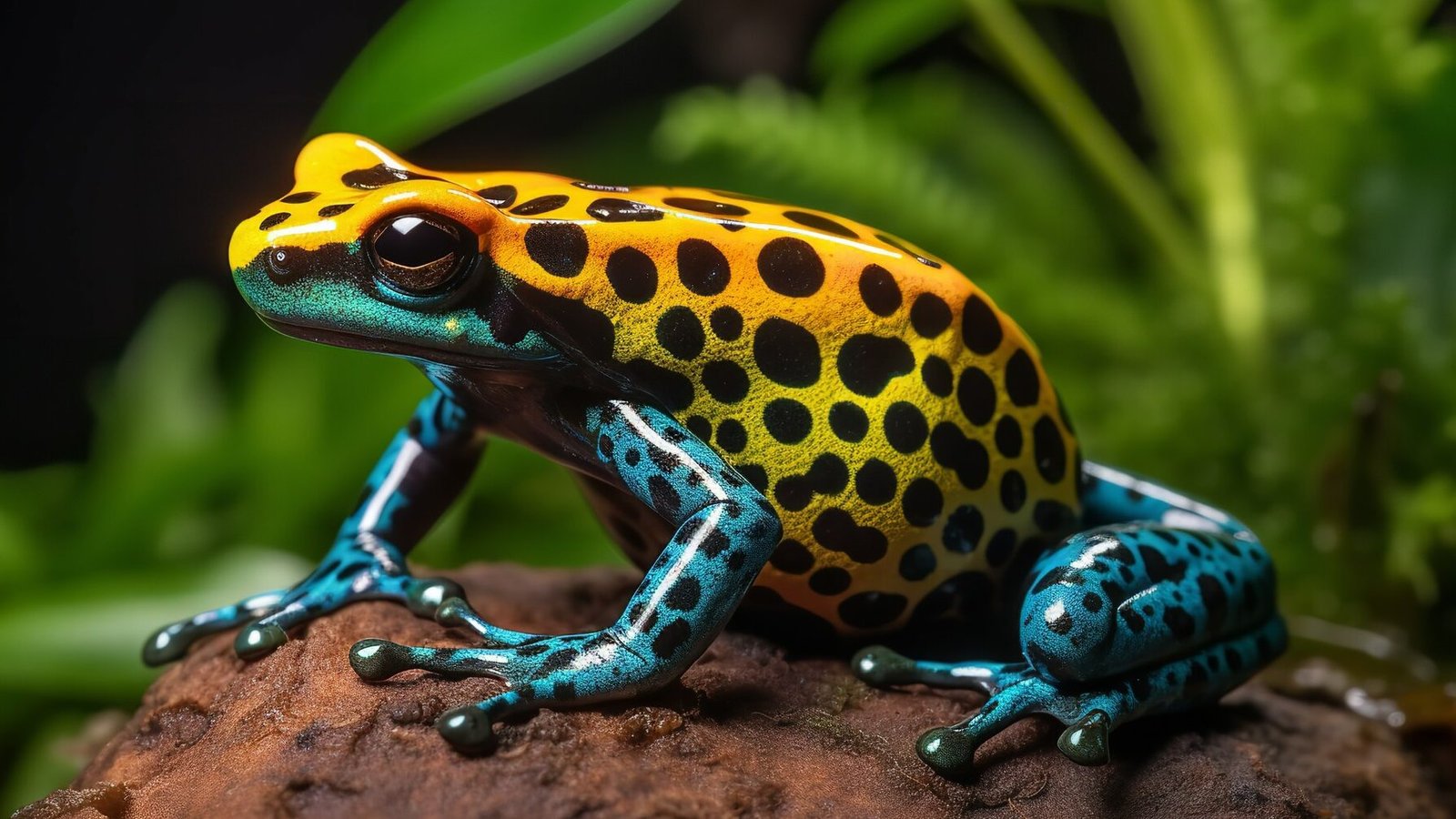
Poison dart frogs are renowned for their vibrant colours and toxic secretions, captivating pet owners with their striking beauty. However, it is essential to note that these frogs require specialised care and are better suited for experienced exotic pet enthusiasts.
With their various shades of red, yellow, blue, and orange, poison dart frogs serve as a living work of art. The bright colours act as a warning to predators about their toxicity levels.
Interestingly, in captivity, where they lack access to certain insects that contribute to their toxicity in the wild, these frogs lose some of their toxicity while still retaining their vivid hues. To create an ideal habitat for poison dart frogs, careful attention must be given to temperature and humidity levels.
These amphibians thrive in vivaria that replicate the specific conditions of their natural environment. Overall, while owning poison dart frogs may present challenges compared to other pets on this list, the reward lies in observing these beautiful creatures up close.
Birds
Intelligent Macaws: Social Companions with Vibrant Plumage
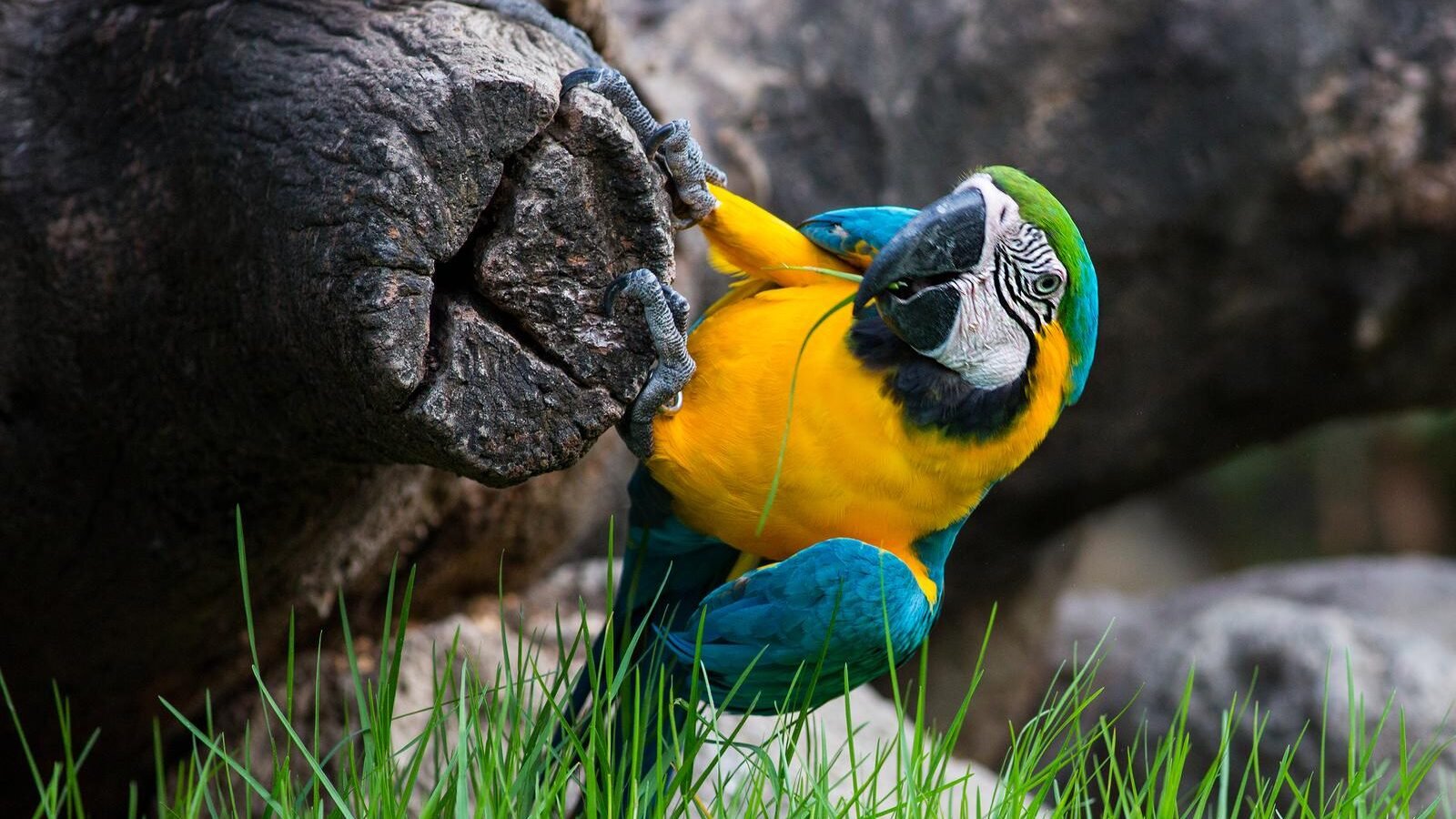
Macaws are highly intelligent birds known for their impressive mimicry skills and social nature. With stunningly vibrant plumage that ranges from brilliant blues and vibrant yellows to fiery reds and lush greens, macaws are a true spectacle. These large parrots require mental stimulation and social interaction to thrive.
Their powerful beaks enable them to crack open nuts and fruits found in their natural habitats. To accommodate macaws’ active nature and provide sufficient exercise opportunities, spacious aviaries or carefully designed cages with ample room for climbing are necessary.
Affectionate Cockatoos: Playful Companions with Exceptional Demands

Cockatoos have earned a reputation as affectionate and playful pets, forming deep bonds with their owners. These charismatic birds thrive on human interaction and crave attention, making them ideal companions for those seeking a highly engaging pet.
However, potential cockatoo owners must be aware of the significant commitment required to meet these birds’ needs. Cockatoos have a long life expectancy and demand mental stimulation, physical exercise, and regular socialisation to prevent boredom or behavioural issues.
Highly Intelligent African Grey Parrots: Masters of Mimicry
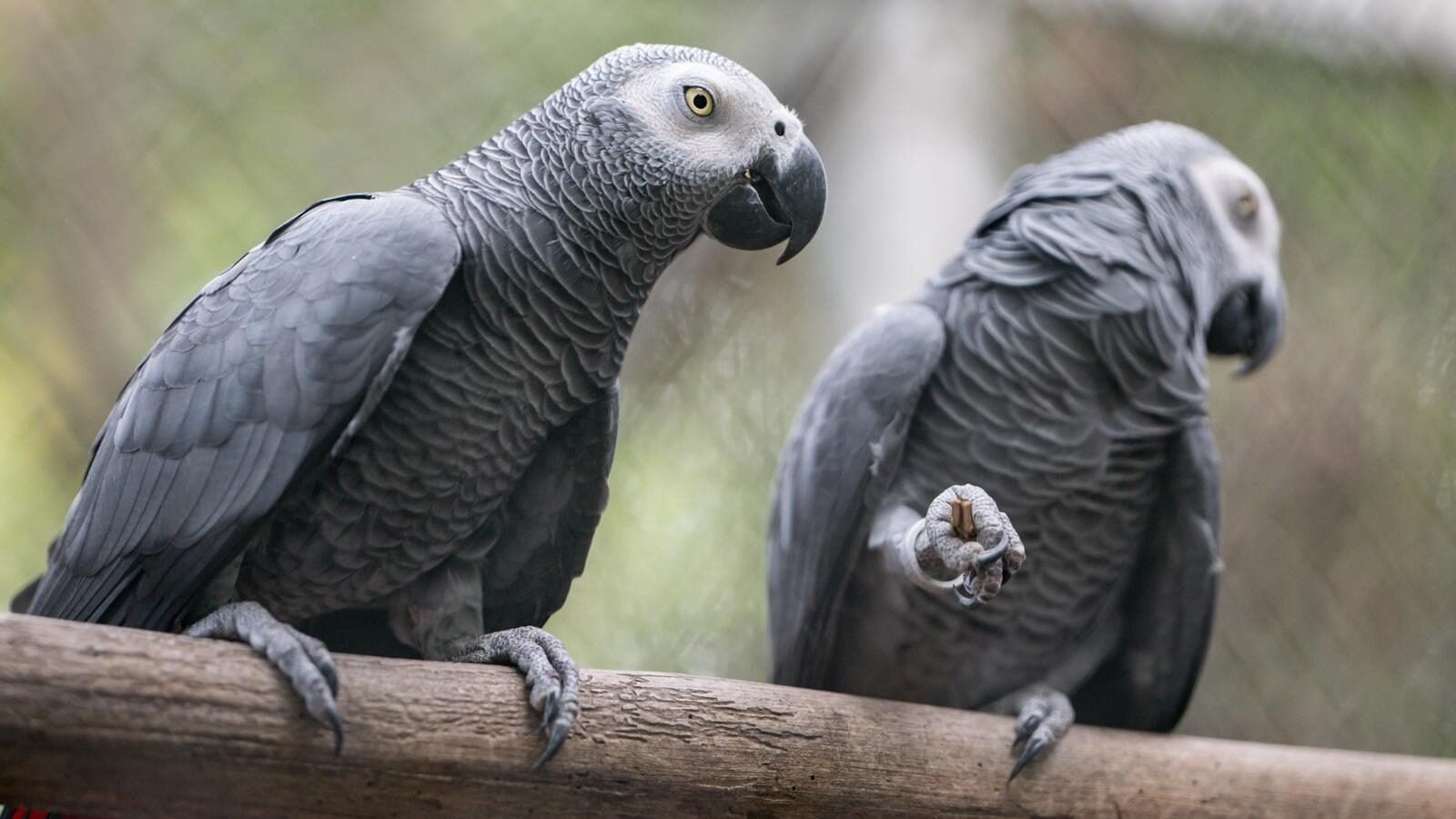
African Grey parrots are renowned for their extraordinary intelligence and exceptional mimicry skills. These birds possess an impressive ability to imitate various sounds, including human speech and environmental noises, with remarkable accuracy. With their striking grey plumage and bright red tail feathers, African Grey parrots are visually captivating as well.
However, it is their cognitive capabilities that truly set them apart from other avian species. Providing them with ample mental stimulation through puzzles, toys, and regular training sessions is essential for maintaining their well-being.
Small Mammals
Adorable Sugar Gliders: Nocturnal Bonding Companions
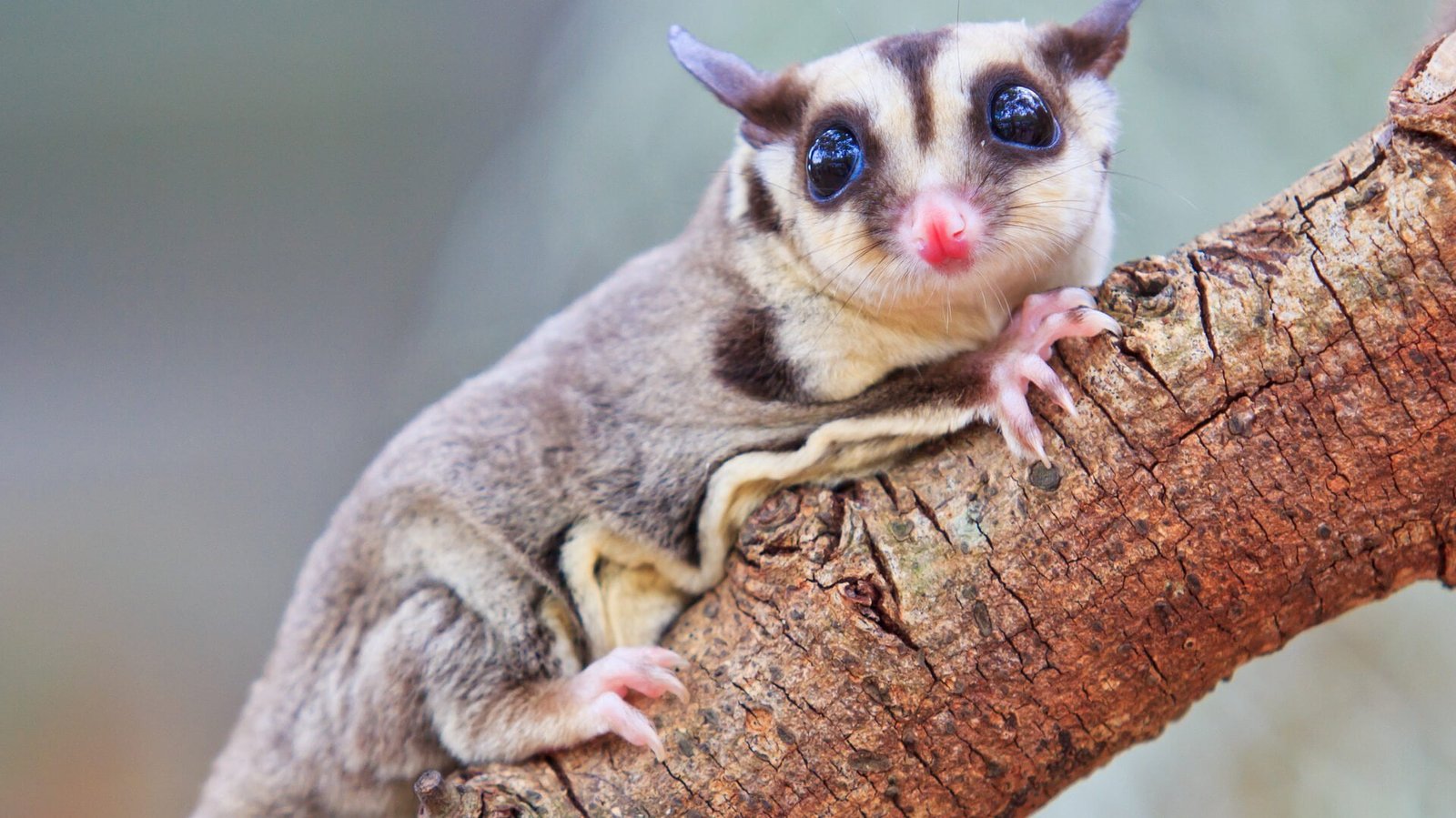
Sugar gliders are small, nocturnal marsupials that have stolen the hearts of many animal lovers due to their adorable appearance and unique bonding behaviours. These tiny creatures form strong attachments to their owners when provided with proper care, socialisation, and plenty of bonding time.
Sugar gliders require spacious cages equipped with branches or ropes for climbing. They thrive on a diet consisting of fresh fruits, vegetables, nectar supplements, and protein-rich foods like insects or specially formulated pellets designed for sugar glider nutrition.
Quirky Hedgehogs: Spiky Companions with Gentle Natures
Hedgehogs are quirky and endearing pets known for their spiky exteriors and gentle temperaments. These solitary creatures are expert nest builders, often curling into a ball when feeling threatened or insecure.
Hedgehogs require spacious enclosures with plenty of hiding spots, as well as a balanced diet consisting of high-quality cat food, insects, and occasional fruits. Temperature regulation is crucial for hedgehog health, making it vital to maintain an appropriate thermal environment.
Cute and Mischievous Fennec Foxes: Desert Dwellers with Big Ears

Fennec foxes are small desert foxes renowned for their adorable appearance and distinctively large ears. These curious creatures have captured the imagination of many due to their mischievous nature and unique adaptations that allow them to thrive in arid environments.
While fennec foxes can form strong bonds with their human carers, it’s important to note that they require specialised care due to their unique dietary needs and need for ample space in which to explore. A suitable enclosure should mimic their natural habitat by providing sandy substrates, tunnels, elevated platforms, and access to fresh water at all times.
Niche Subtopics Explored
- Reptiles:
- Bearded Dragons:
Subtle yet captivating, bearded dragons are one of the most popular reptile pets. These enchanting creatures possess unique characteristics that make them stand out among their scaly peers.
One such characteristic is beard puffing, a behavior displayed by males to assert dominance or attract mates. The sight of their beards expanding and turning black is truly mesmerising.
Additionally, bearded dragons engage in head bobbing and arm waving as a form of communication, often signalling submission or territoriality. A proper diet is crucial for the health and well-being of bearded dragons.
Their diet consists mainly of live insects such as crickets and mealworms, supplemented with a variety of vegetables and fruits to provide essential nutrients. Calcium and vitamin D3 supplements are also necessary to prevent metabolic bone disease.
Creating an ideal habitat for a bearded dragon involves careful consideration of their enclosure setup. Temperature gradients must be provided, with a basking spot reaching around 100°F (37°C) during the day, while the cooler side should maintain around 80°F (27°C).
UVB lighting is essential for proper calcium absorption and mimicking their natural environment. The enclosure should include hiding spots like rocks or branches, allowing them to feel secure and safe.
- Ball Pythons:
Ball pythons grace the world of exotic pets with their elegance and calm demeanour. Despite their name suggesting otherwise, these gentle snakes tend to curl up into tight balls when feeling threatened or stressed—a defence mechanism that gives them their name. Feeding ball pythons can pose some challenges due to their picky eating habits.
They primarily consume small rodents like mice or rats but may require some encouragement during periods of decreased appetite. Offering different prey sizes, warming the food to resemble their natural body temperature, and ensuring a quiet feeding environment can help stimulate their appetite.
When it comes to their enclosure setup, ball pythons require an environment that replicates their natural habitat. This includes providing appropriate temperature gradients ranging from 75°F (24°C) to 85°F (29°C) during the day and a slightly cooler range at night.
The use of a heating pad or heat lamp is crucial for maintaining these temperature ranges. Adequate hiding spots like caves or foliage should be provided as well, allowing them to feel secure and reduce stress.
Conclusion
As we delve into the realm of exotic pets, we come to realise that these creatures offer us a glimpse into the marvels of nature. Bearded dragons enchant us with their unique behaviours, such as beard puffing, head bobbing, and arm waving.
Their dietary requirements encompass live insects, vegetables, fruits, and specific supplements that ensure optimal health. Creating an ideal enclosure for bearded dragons involves considering temperature gradients, UVB lighting, and ample hiding spots.
Ball pythons grace our homes with their gracefulness and gentle demeanour. These snakes adopt a defensive posture by curling up tightly into balls when feeling threatened or stressed—an intriguing characteristic that distinguishes them from other serpent species.
Understanding their selective eating habits provides valuable insight into ensuring proper nutrition, while offering them warmth and quietness during feeding sessions is essential for maintaining optimal health. Embracing the world of exotic pets allows us to appreciate the vast diversity found within our planet’s ecosystems.
While responsible ownership requires knowledge and dedication to meet the unique needs of each species, it also offers us an extraordinary opportunity to connect with nature in an intimate way. As we embark on this journey alongside our exotic companions, let us embrace curiosity and embark on a path filled with wonderment and appreciation for all living beings that share this world with us.



















